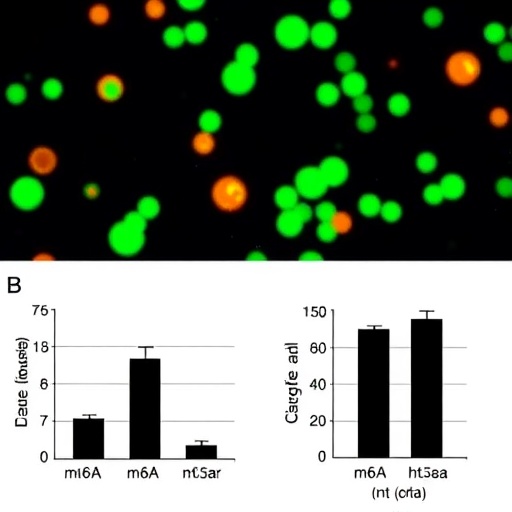The team wanted to know how nuclear reprogramming happens when they transfer a somatic cell nucleus into an oocyte, a step in the process of making pluripotent cells. H3.3 can make silent genes active after nuclear transfer, but the researchers wanted to find out more details about this process. Here’s some of what they learned:
- A lot of oocyte H3.3 versus H3.2 winds up on the transplanted chromatin.
- Once there, the H3.3 doesn’t turn over much.
- Silent genes get reactivated in the transplanted chromatin.
- H3.3 accumulates and reaches a plateau level on chromatin. Genes get reactivated during this time, though reactivation goes into overdrive after H3.3 incorporation reaches that plateau.
- H3.3 accumulation is DNA-replication independent, but needs transcription and the histone chaperone HIRA.
“This study demonstrates that the incorporation of histone H3.3 is an early and necessary step in the direct reprogramming of somatic cell nuclei by [an] oocyte,” they say.
For all the details, read the paper at Epigenetics & Chromatin, October 2012.
Source: epigenie.com




